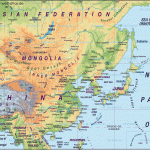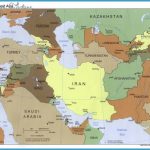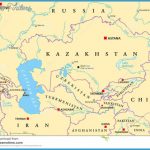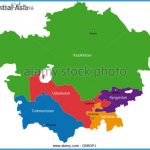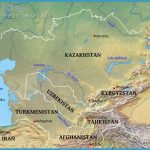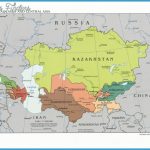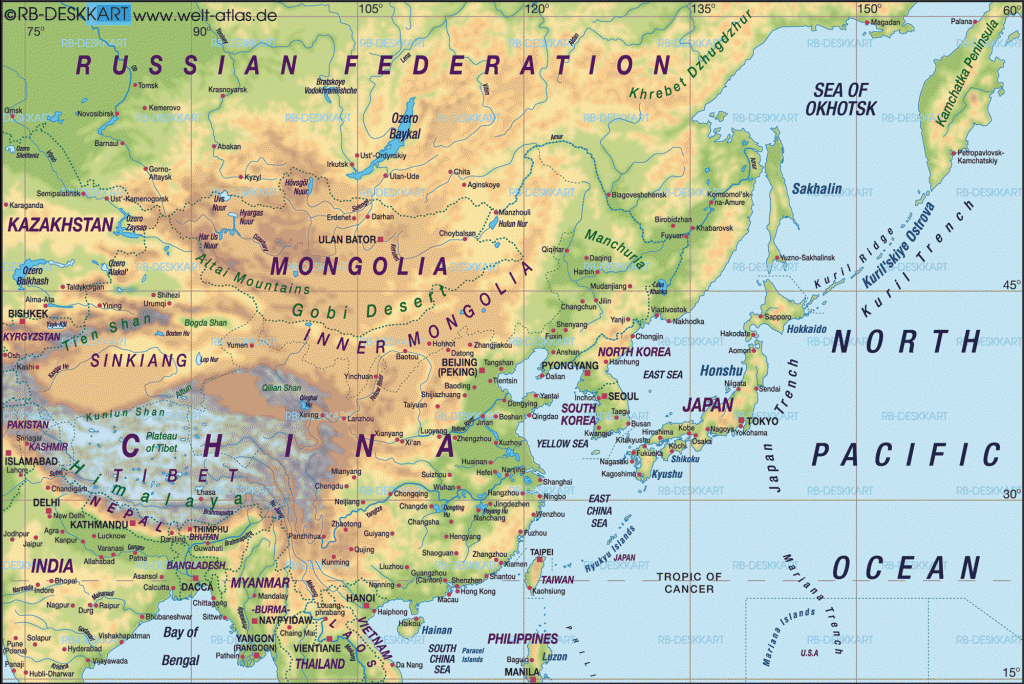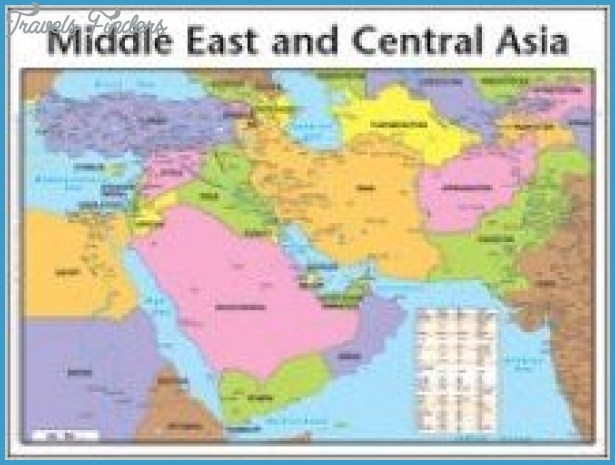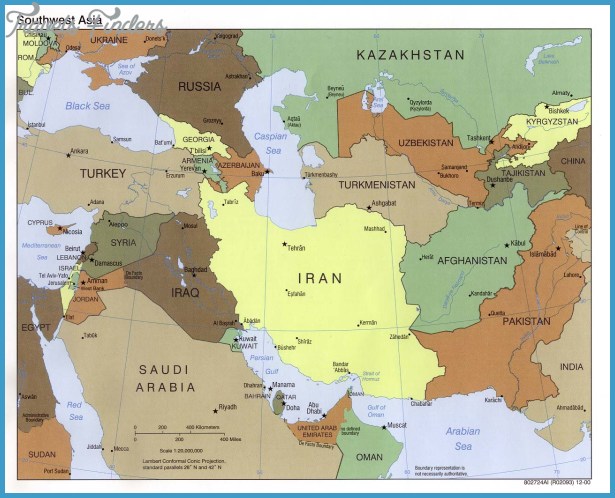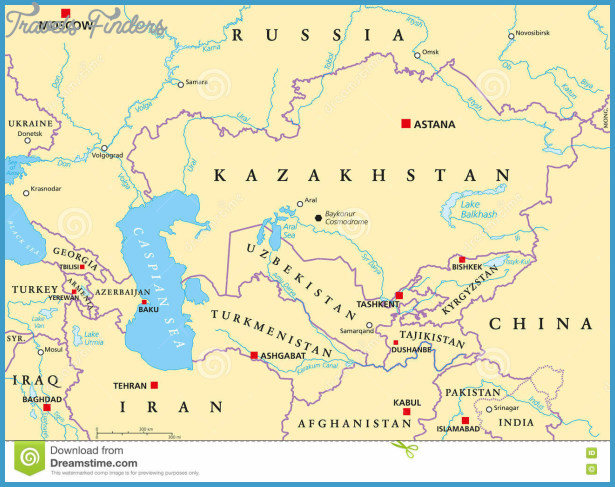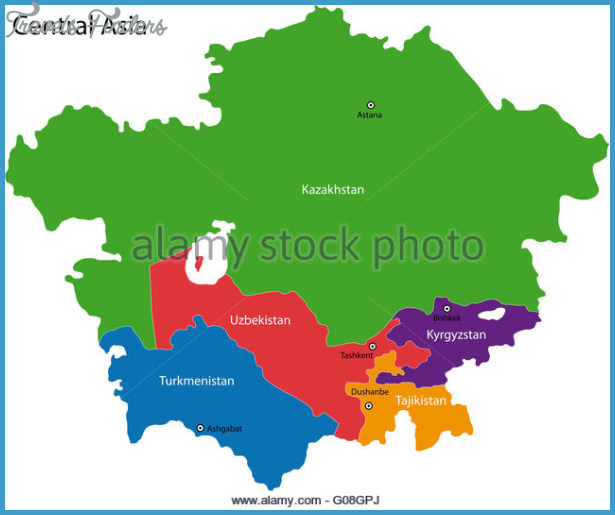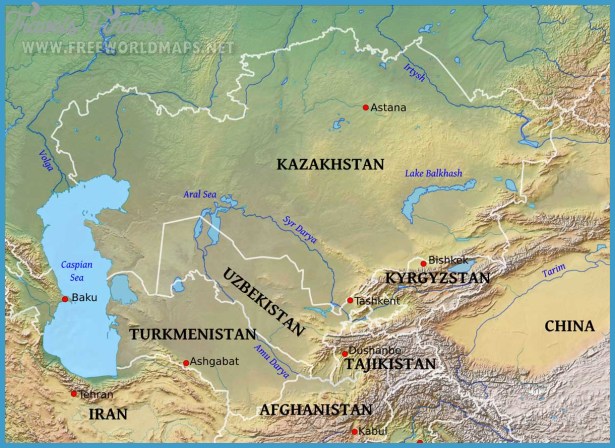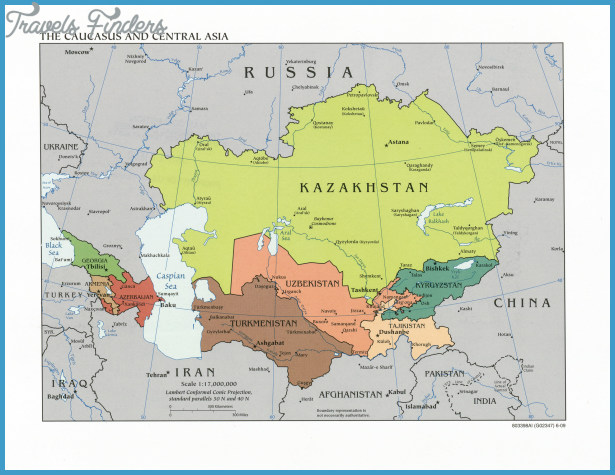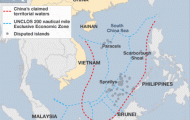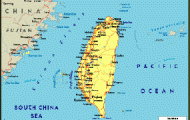Monsoon climate The differing climates of China are all influenced by the monsoon, but in a huge country with such great north-south and west-east distances plus the considerable variations in altitude, its effects are felt in diverse ways throughout the regions.
The seasonal change in the direction of the prevailing wind is typical of monsoon climates and it arises from the thermal contrast between the Asiatic continental mass and the Pacific Ocean.
During the winter the winds blow from the cold highlands in Central Asia and Siberia in the direction of the Pacific. The region between Lake Baikal and the upper reaches of the Huanghe is usually thought of as the source of these icy winds. The predominantly northerly air currents carry dry, cold air and consequently sunny but chilly weather. In the south the effect is less pronounced. The tropical heat subsides but there are no frosts.
In the summer predominantly southerly air-flows bring moist and warm air inland from the Pacific. These currents carry rainfall northwards across the country but amounts decline in the north. High temperatures and humidity create an almost unbearable sultriness and at night temperatures drop only slightly.
The change from winter to summer, marked by the arrival of the cyclonal monsoon season, occurs in what is known as the frontal zone. This zone is to be found in southern China in May and June but then shifts northwards, reaching northern China by July. During the later summer months rainfall subsides somewhat in the south. The frontal zone starts to retreat from the north towards the end of September. In September and October the cooler, drier air of winter begins to reestablish itself.
Autumn is the time of the violent cyclonic tropical storms, known in East Asia as typhoons (from the Chinese “tai fung” meaning “great wind”). They only occur in the southern latitudes above warm seas with temperatures between 26o-27°C/78o-80°F. These high temperatures combine with the warmth from the rising moist air to provide the impetus for the cyclone which can reach a height of 12km/7 miles and a diameter of 700km/450 miles. Southern China can expect at least three typhoons per year. They affect the southern Chinese coast, moving in from the south-east. Heavy winds, tidal waves and exceptionally heavy rain (150-300mm/6-12in. in the space of a few hours) regularly cause serious damage. They do, however, quickly lose their intensity as they meet land.
The further the region from the coast, the lower the monsoonal precipitation. Mountain ranges, which cause humidity to be precipitated as rain (relief rain), also reduce rainfall on the land beyond. Generally speaking, eastern China enjoys damp summers, while the west experiences dry weather throughout the whole year.
In the drier western half of China, it is necessary to differentiate between the cold Tibetan Highlands and the northern steppe and desert climate of Xinjiang.
In the eastern half of the country the green of the south contrasts with the yellow, loess landscapes of the north. During the summer the temperatures in these two regions do not differ appreciably, but in winterthe north is much colder than the south. The boundary between these two climates follows the Qinling Mountains (south of Xi’an) eastwards, meeting the east coast north of the Changjiang delta. To the south of this line the subtropical climate is ideal for rice cultivation. To the north of the line, only plants adapted to a temperate climate will grow.
The diagram gives details of the climate in the various regions of China. Temperature and rainfall for each month of the year is shown in the tables. The letters along the top of each table indicate the month (from left to right: J = January to D = December).
The temperatures are indicated in the orange band. The upper line shows the average maximum daytime temperature, while the lower Typhoons Climatic divisions The west The east Temperature and rainfall line shows the average minimurp night-time temperature. Temperatures are shown on the red scale. The width of the band gives some indication of daily temperature fluctuations. The angle of the curve demonstrates the extent of annual temperature fluctuations.
The blue columns with the corresponding blue scale give average monthly precipitation (in mm). Practical tips The tables for the different cities of China can only give a general guide to the Chinese climate. Climate can of course vary within a region and the actual climate in any given place can vary from year to year. Appreciable deviations from the annual values are unlikely and infrequent.
As a general guide the following rules may be helpful:
• The higher the land, the lower the temperature.
• Rainfall is lower on the leeward side of the mountain ranges than on the sides exposed to the prevailing wind.
• Temperatures, rainfall and humidity generally lessen in a line from south-east to north-west.
• In the drier regions, daily and annual temperature fluctuations are greater than in the more humid zones.
Other factors Daylight hours depend on latitude and season. The far north of Manchuria lies on the same latitude as Paris, while Hong Kong lies just south of the Tropic of Cancer. The further south one goes – compared with the United Kingdom-the shorterthe days are in summer and the nights are in winter. In the Tropics, day and night are practically the same length throughout the year.
Advice The further south one goes, the hotter the sun is and the more hazardous the sun’s rays are. Protection from the heat of the sun is vital both in the southern provinces and in all areas of high altitude, e.g. Tibet.
Air pollution Many Chinese cities suffer from considerable air pollution. In a recent study by the World Health Organisation (WHO), Beijing was shown to be the second worst city in the world. In other conurbations the situation is not much better. The main cause, particularly in the north of the country, is the inefficient use of coal, the country’s main source of energy. In certain weather conditions, smoke and exhaust gases can become so thick that satellite photographs have been unable to pick out the towns below.

